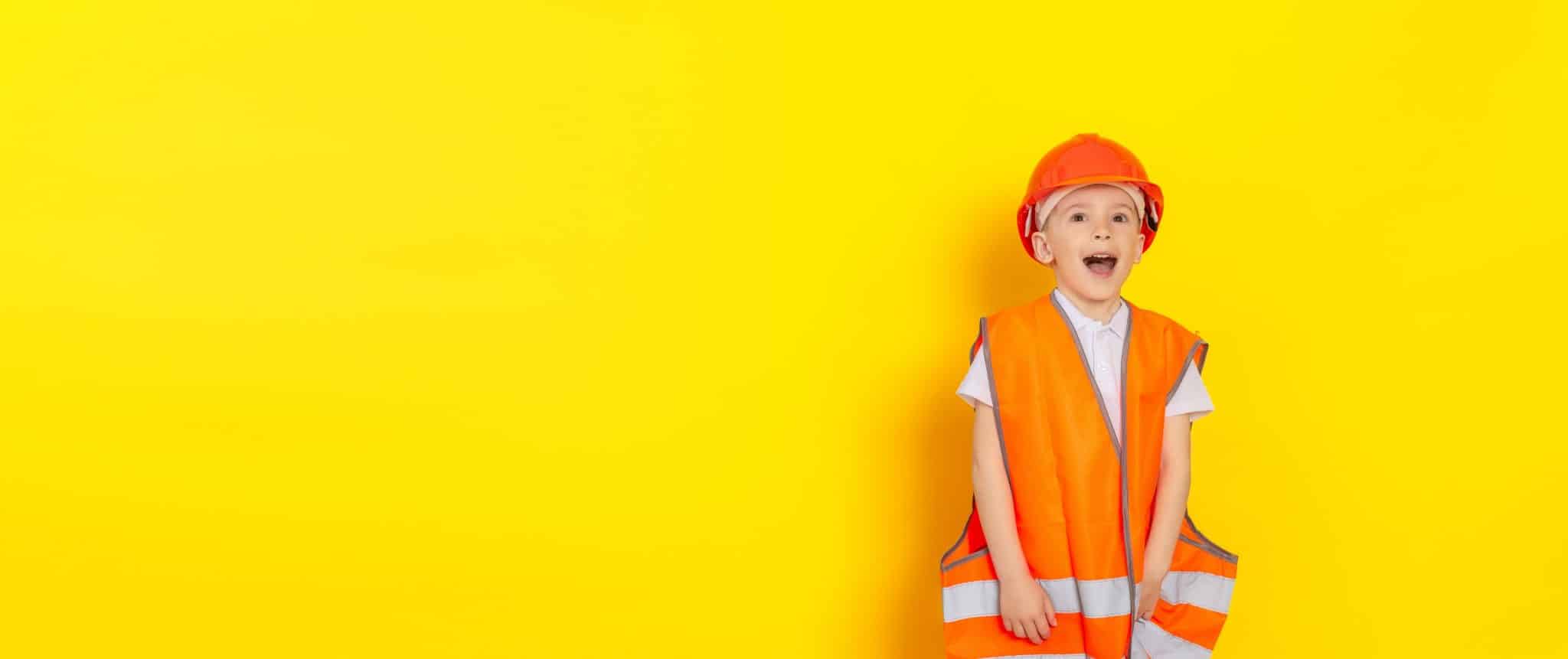In a previous article, we discussed how education differs depending where in the world you are. A lot of you loved the article, so we’ve decided to look into how education has changed over the years!
The educational system is constantly changing and has altered so much recently: especially with technology and ICT becoming a key tool and focus to the curriculum as well as well-being and positive mental health.
In a previous article, we discussed how education differs depending where in the world you are. A lot of you loved the article, so we’ve decided to look into how education has changed over the years!
The educational system is constantly changing and has altered so much recently: especially with technology and ICT becoming a key tool and focus to the curriculum as well as well-being and positive mental health.
1) Implementation of Acts of Parliament
One of the most significant changes to education came in the 1940s and had a positive effect on the school system for most. The 1944 Education Act was put in place to remove the inequalities still left in schools and to make it available for everyone to attend for free.
2) New Technology replacing the classics
The advances in technology have revolutionised the classroom and the way teachers work and students learn. From using chalkboards in the early 1900s, to moving up to whiteboards, many schools are now utilising interactive technologies.
Ipads are now being used in classrooms for their multi-purpose use, whether it’d be as a notebook, to watch education videos or even as a book.
Technology has increased the accessibility of education to…. well, almost everyone! With it, technology has opened up a whole new education system. People can attend university purely online, without ever setting foot in a physical classroom. This new level of accessibility is something we’d never have without the right technology. Students and teachers also have access to a plethora of information and resource just by typing a query into a search engine. This level of access to information has completely changed the education world, and the world in general.
With the rise of VR (virtual reality) and sensory technology, you can just imagine what a classroom in 5, 10 or even 30 years from now will look like. Imagine going to class putting on a headset and spending the entire day exploring landmarks from around the world, or exploring the depths of the oceans to the heights of Everest, Or even going back in time and see what it was like to live in the Tudor period etc. The options will be, and are, endless.
3) New Courses and higher attainment
In the 1950s schools usually only offered the core subjects including Maths, English and Science. University was a privilege and only a handful attended and the courses offered were extremely limited. Nowadays university is an option for anyone to experience, as long as you have the correct grades and funding. Through loans and funding from the government higher education is now becoming available to all. This lets everyone get the education they wish to have and the course options are near enough unlimited.
But it’s not only university where the course options have grown, with secondary schools offering more creative and various options for students to take at GCSE level, for example photography, media and sport science. These improvements allow students to be more qualified for their future careers and focus on subjects that they enjoy learning.
4) The National Curriculum
The National Curriculum was introduced in 1988, which meant schools would need to split year groups into Key Stages. This meant that at the end of each Key Stage teachers could better monitor each students progress throughout the years. In 1988 GCSE’s were also introduced, replacing O-Levels. This change lead to children now being assessed on knowledge all throughout the year, rather than just from their end of term tests. In 2016 the GCSE grading system was changed from A*-G, to 1-9.
5) Discipline
School discipline has changed in many ways, the biggest change being the abandonment of corporal punishment in 1980. This corporal punishment was used often, probably a lot more than expected and those who received it will probably will have vivid memories to this da








